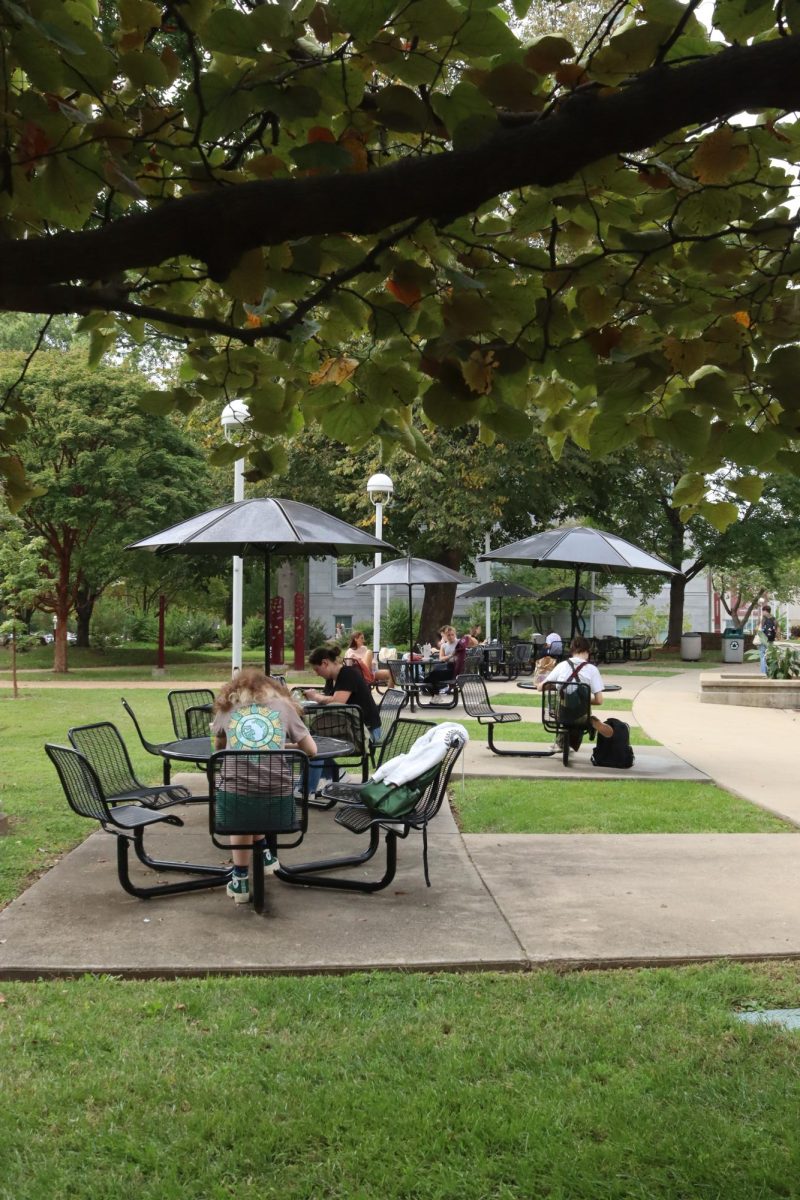President Donald Trump signed an executive order on March 17 calling for the dismantling of the United States Department of Education (See the related story on page 5). Without federal oversight, already strained school budgets will face further cuts, widening disparities between well-funded and underfunded districts. Regardless of where a student attends school, they should have access to essential resources such as Title I funding, school lunch programs, English language learner programs and more.
In the U.S., many public schools rely on local property taxes for a significant portion of their funding. This system creates stark inequalities. Clayton High School, a suburban school in St. Louis, spends approximately $23,500 per student annually, according to the Missouri Department of Elementary and Secondary Education. In contrast, Potosi High School, a school of similar size located in rural Missouri, spends only $10,835 per student. Greg Kester, a social studies teacher at Potosi High School and the Missouri Teacher of the Year in 2024, calls these better-funded schools “public-private schools.”
“The average cost of a home in [Potosi] is $145,000,” Kester said. “In Clayton, it’s $750,101. Anybody can send their kid to school in that district if they live there. But can you afford a $750,000 home? Many people can’t.”
While it’s understandable that parents want their children to attend the best schools, the bigger issue is the systemic disadvantage faced by students in underfunded districts. Public education is meant to provide every child with a fair opportunity to succeed, yet the current funding structure creates winners and losers based on ZIP codes. Schools in lower-income areas operate with fewer resources, larger class sizes and outdated materials, not because their students are any less capable, but because their communities simply have less money to give. Without federal funding to bridge these gaps, the promise of equal education remains just that — a promise, but not a reality.
The U.S. has attempted to address the impact of wealth inequality on education through federal programs like Title I funding, which provides financial assistance to schools serving high percentages of low-income students.
“We [Potosi] depend on Title I funding, which dates back to the Lyndon B. Johnson administration, as a way to combat intergenerational poverty,” Kester said.
Dismantling the Department of Education would throw Title I funding into disarray, causing delays or failures in delivering critical resources to schools. Kevin Welner, director of the National Education Policy Center and a professor at the University of Colorado Boulder School of Education, told U.S. News & World Report that he expects Title I funding to be “slashed,” forcing states to replace it. This would deepen existing inequalities, as wealthier states and districts would have an easier time compensating for the lost funding.
As wealth gaps widen, the federal government’s retreat from education funding threatens to reverse decades of progress in creating a more equitable public school system.
The federal government should not only reverse its current actions but also take meaningful steps forward by supporting programs like Title I funding. Students, on the other hand, need to take action now — by learning which resources at their school are at risk. Awareness is the first step to fixing educational inequality.
“Kids need to know how little their public school is being funded in comparison to other schools,” Kester said. “Most people are not aware of this incredible discrepancy between school districts and how … one kid’s education is being showered with twice as much money as another kid’s education.”




![“Because of the lack of property values in [Potosi], set up by the state legislature 20 years ago, our school district receives a large percentage of our expenditures, not from local revenue, but from the state,” Greg Kester, a social studies teacher at
Potosi High School and the Missouri Teacher of the Year in 2024, said.](https://nixajournalism.net/wp-content/uploads/2025/04/Editorial-Edited-1200x800.jpg)







